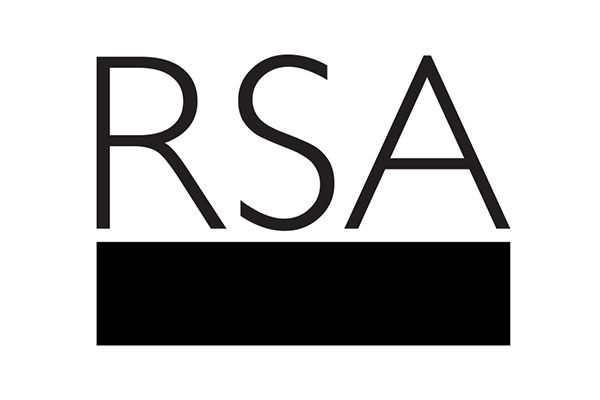The RSA has launched a summary of its work on the circular economy, which took place over the last four years. It is a guide for those wishing to understand and advocate the need for systemic change.
Working with support from Innovate UK, The Great Recovery Project pulled apart manufacturing systems and products to scrutinise the impact of design in the shift towards a more circular economy.
Lucy Chamberlain, Head of Programme, The Great Recovery at the RSA said:
“It is only when we look with new eyes at the complexities of 21st century existence and start to see environmental problems as human problems that we will begin to change our behaviour and our systems.
“The Great Recovery, with its colourful design focus, its ability to address all sectors from one platform and appeal to the possibilities rather than the improbabilities, has started to inspire that change.”
Sophie Thomas, Director of Circular Economy at the RSA said:
“If we are serious about moving our global economy towards one that is built on resource efficiency, product-use optimisation and environmental protection, there is a lot of re-designing to do. The investigation work of The Great Recovery has sought to lift the lid on the way the products we have in our homes, even the homes themselves, are currently designed, built and disposed of.
“The Great Recovery project has demonstrated that by considering ‘value’ in a broader view - not as a price tag on a shop shelf, but around second or third life use, recoverable material streams and information and reverse logistics flows - can completely change the way we design.”
The report started at the current end-of-life of things and worked backwards, asking questions along the way. Designers were connected to those that might know answers and the discussion opened out to include material experts, chemists, resource ‘recoverers’, policy makers, business developers, consultants, logistics managers and others who become part of the design teams.
The Great Recovery’s methodologies were developed whilst getting ‘down and dirty’ in the supply chains of products and materials, and have highlighted key factors in enabling such shifts. These are namely; the transfer of insight and knowledge through cross-sector networking, multi-level communication and engagement including onsite and online platforms for debate, and empirical, action-based insight learning that leads to design iteration.
Notes to editors:
- For more information contact RSA Interim Head of Media Sarah Horner via sarah.horner@rsa.org.uk or on 020 7451 6893 / 07799 737 970
- Infographics from the report are available for use.
- Website: https://www.thersa.org/discover/publications-and-articles/reports/designing-for-a-circular-economy-lessons-from-the-great-recovery-2012-2016/
- Twitter: @Great_Recovery
Related news
-
Royal Society of Arts Celebrates its 270th Birthday
The RSA celebrates its 270th birthday - kicking off a year of events, commemorative content and interventions in recognition of its place at the heart of society since the enlightenment, and its central role in driving societal change happen for 270 years.
-
‘One Creative North’ plans finalised at summit ahead of Convention of the North
The RSA, together with leaders from across government, civil society and the creative industries, finalise bold new ideas for the North of England’s creative industries, to be revealed in full at the Convention of the North on 29 February.

Be the first to write a comment
Comments
Please login to post a comment or reply
Don't have an account? Click here to register.